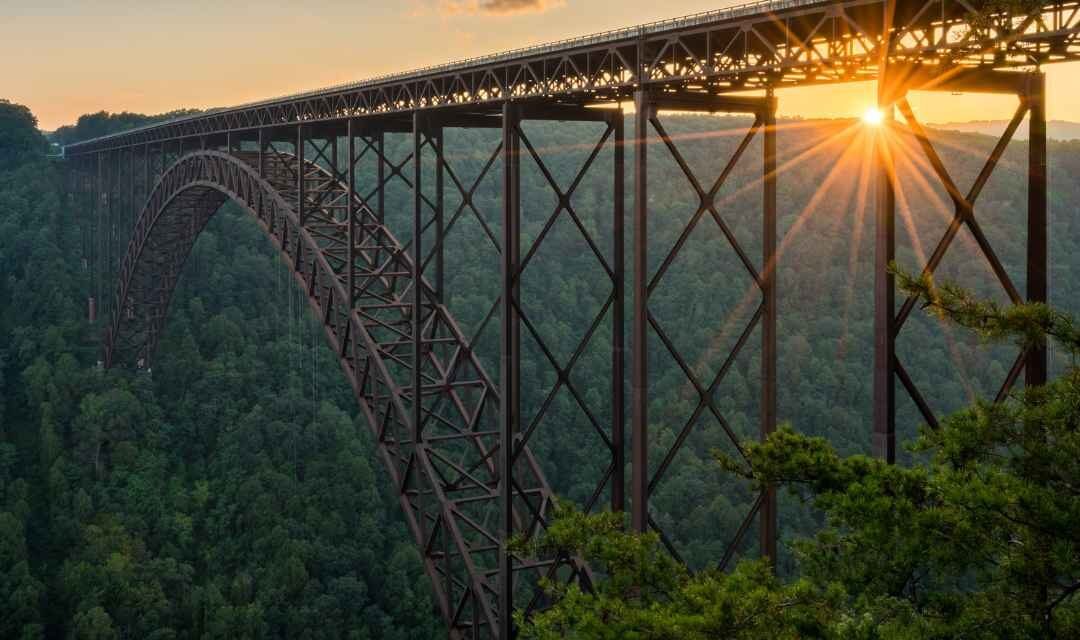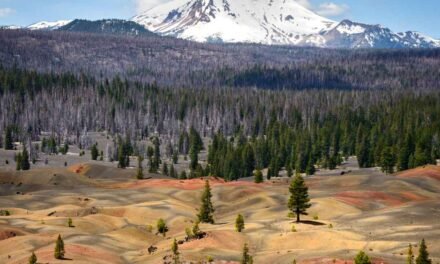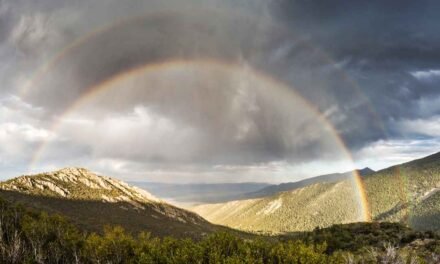Overview
New River Gorge National Park, America’s 63rd national park, is a hidden gem in the heart of West Virginia. Covering more than 70,000 acres, the park is famous for its stunning vistas, world-class whitewater rafting, and the iconic New River Gorge Bridge. The park is also a haven for outdoor enthusiasts, offering a diverse range of activities such as hiking, rock climbing, and fishing. With its rich history, fascinating geology, and diverse flora and fauna, New River Gorge National Park is a must-visit destination for nature lovers and adventure seekers alike.
New River Gorge National Park Location
New River Gorge National Park is located in southern West Virginia, near the cities of Beckley and Fayetteville. The park is easily accessible via U.S. Route 19 and Interstate 64, which connect it to nearby cities such as Charleston, West Virginia, and Roanoke, Virginia. The closest major airports are Yeager Airport in Charleston, West Virginia, and Roanoke-Blacksburg Regional Airport in Roanoke, Virginia.
New River Gorge National Park Things to Do
With its stunning landscapes and diverse recreational opportunities, there is no shortage of things to do in New River Gorge National Park. Some of the most popular activities include:
Hiking
The park offers over 100 miles of hiking trails, ranging from easy strolls to challenging backcountry routes. Some popular trails include the Endless Wall Trail, which offers panoramic views of the gorge, and the Long Point Trail, leading to a breathtaking overlook of the New River Gorge Bridge.
Whitewater Rafting
New River Gorge is renowned for its world-class whitewater rafting, attracting thrill-seekers from around the globe. The New River offers a range of rafting experiences, from the milder Upper New River to the adrenaline-pumping Lower New River, which features Class III to V rapids.
Rock Climbing
With over 1,400 established climbing routes, New River Gorge is a rock climber’s paradise. The park’s towering sandstone cliffs provide a variety of climbing challenges for climbers of all skill levels. Popular climbing areas include the Bridge Buttress, Kaymoor, and the Endless Wall.
Fishing
The New River is home to a variety of fish species, including smallmouth bass, walleye, and catfish. Anglers can enjoy fishing from the riverbanks or by boat, with several public access points available throughout the park.
Scenic Drives
For those who prefer a more leisurely exploration of the park, there are several scenic drives that offer stunning views of the New River Gorge and surrounding landscapes. The Fayette Station Road and the Route 82/New River Parkway are popular choices for a scenic drive.
New River Gorge National Park Itineraries
Whether you have a few hours or several days to explore New River Gorge National Park, there are itineraries to suit your schedule and interests. Here are some suggestions:
Half-Day Itinerary
For a quick visit, start at the Canyon Rim Visitor Center to learn about the park’s history, geology, and wildlife. Then, take a short hike along the Endless Wall Trail or Long Point Trail for stunning views of the gorge and the New River Gorge Bridge. Wrap up your visit with a stop at the Grandview area to enjoy a picnic and take in the panoramic vistas.
Full-Day Itinerary
Begin your day at the Canyon Rim Visitor Center and then embark on a guided whitewater rafting trip on the Upper or Lower New River, which usually takes about half a day. Afterward, enjoy a leisurely hike along one of the park’s scenic trails, such as the Endless Wall Trail or the Kaymoor Miners Trail. End your day by watching the sunset at the Grandview Overlook.
Multi-Day Itinerary
For a more immersive experience, spend several days exploring New River Gorge National Park. On the first day, visit the Canyon Rim Visitor Center and enjoy a day of hiking and exploring the park’s scenic trails. On the second day, go rock climbing or take a guided climbing course at one of the park’s many climbing areas. Spend your third day on a whitewater rafting adventure or try other water-based activities such as fishing or paddleboarding. Lastly, explore the park’s rich history by visiting the Thurmond Historic District, the Nuttallburg Coal Mining Complex, and the Sandstone Falls area.
Best Season to Visit New River Gorge National Park
While New River Gorge National Park is open year-round, the best season to visit largely depends on your preferred activities. Spring and fall are ideal for hiking, rock climbing, and sightseeing, as temperatures are moderate and the park’s foliage is at its most vibrant. Summer offers the best conditions for whitewater rafting, with warmer water temperatures and higher water levels. Winter can be cold and snowy, but it offers a unique opportunity to experience the park’s quiet beauty and enjoy activities such as snowshoeing and cross-country skiing.
New River Gorge National Park Weather
New River Gorge National Park experiences a temperate climate with four distinct seasons. Spring and fall are mild, with average daytime temperatures ranging from the 50s to 70s°F (10s to 20s°C), while summer temperatures typically range from the 70s to 90s°F (20s to 30s°C). Winter is cold, with temperatures often dipping below freezing, and the park can receive significant snowfall. Rain is common throughout the year, so it’s essential to be prepared with appropriate rain gear.
New River Gorge National Park Hotels and Camping
While there are no hotels or lodges within the park itself, there are several lodging options in the nearby towns of Fayetteville and Beckley. Accommodations range from budget-friendly motels to charming bed and breakfasts and upscale resorts.
For those who prefer camping, the park offers several campgrounds, including the developed RV-friendly Canyon Rim Campground and the more rustic Glade Creek Campground. Backcountry camping is also permitted in designated areas with a free permit obtained from the park.
New River Gorge National Park Restaurants
There are no restaurants within the park, but visitors can find a variety of dining options in nearby towns such as Fayetteville, Oak Hill, and Beckley. Options include local cafes, pubs, and fine dining establishments, offering a range of cuisines to suit different tastes and budgets.
New River Gorge National Park Wildlife and Plants
The park’s diverse habitats support a wide variety of wildlife, including white-tailed deer, black bears, wild turkeys, and river otters. Birdwatchers will appreciate the park’s rich birdlife, with over 240 species recorded, including the elusive cerulean warbler and the peregrine falcon. The New River is also home to a variety of fish species, such as smallmouth bass, walleye, and catfish.
New River Gorge National Park’s flora is just as diverse as its fauna, with over 1,400 plant species found within its boundaries. The park’s forests are dominated by a mix of hardwoods, such as oak, hickory, and maple, as well as softwoods like hemlock and white pine. In spring, the park’s understory comes alive with vibrant displays of wildflowers, including trillium, lady’s slipper orchids, and rhododendron.
New River Gorge National Park History
New River Gorge has a rich history that spans thousands of years, beginning with the Native American tribes that inhabited the region. Their deep connection to the land and the challenges they faced following European settlement.
In the 19th and early 20th centuries, the New River Gorge region was at the heart of the coal mining industry, with numerous mining towns such as Thurmond and Nuttallburg springing up along the river. The arrival of the Chesapeake and Ohio Railway facilitated the transport of coal and other goods, further shaping the region’s economy and landscape. The remnants of this industrial past can still be seen today in the park’s historic sites and preserved structures.
New River Gorge was designated as a National River in 1978 and was re-designated as a National Park and Preserve in 2020, providing increased protections for its natural, cultural, and recreational resources.
New River Gorge National Park Geology
The geology of New River Gorge National Park is characterized by its ancient river and towering sandstone cliffs. The New River is one of the oldest rivers in North America, dating back over 300 million years. Over time, the river has carved a deep gorge through the Appalachian Plateau, exposing layers of sandstone and shale that were deposited millions of years ago. The park’s distinctive cliffs, which can reach heights of up to 1,000 feet, are composed primarily of Nuttall Sandstone, a durable rock that provides excellent climbing opportunities.
Conclusion
New River Gorge National Park offers a diverse range of recreational opportunities and stunning natural beauty, making it an ideal destination for outdoor enthusiasts and nature lovers. With its rich history, fascinating geology, and abundant wildlife, a visit to this West Virginia treasure is sure to create lasting memories. From hiking and rock climbing to whitewater rafting and scenic drives, there’s something for everyone in this remarkable park. So pack your bags, grab your camera, and prepare to be amazed by the wonders of New River Gorge National Park.





